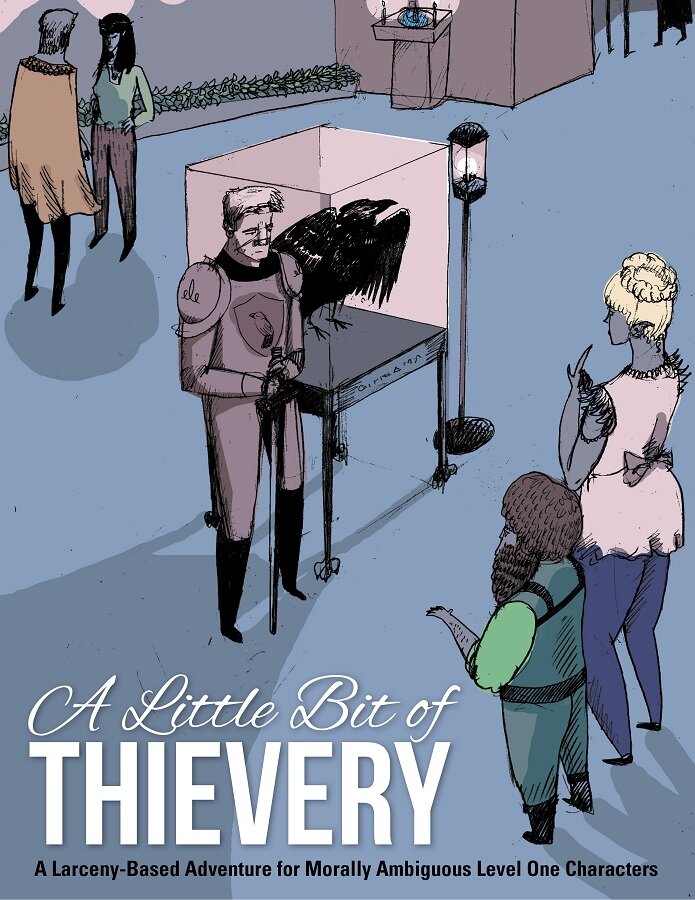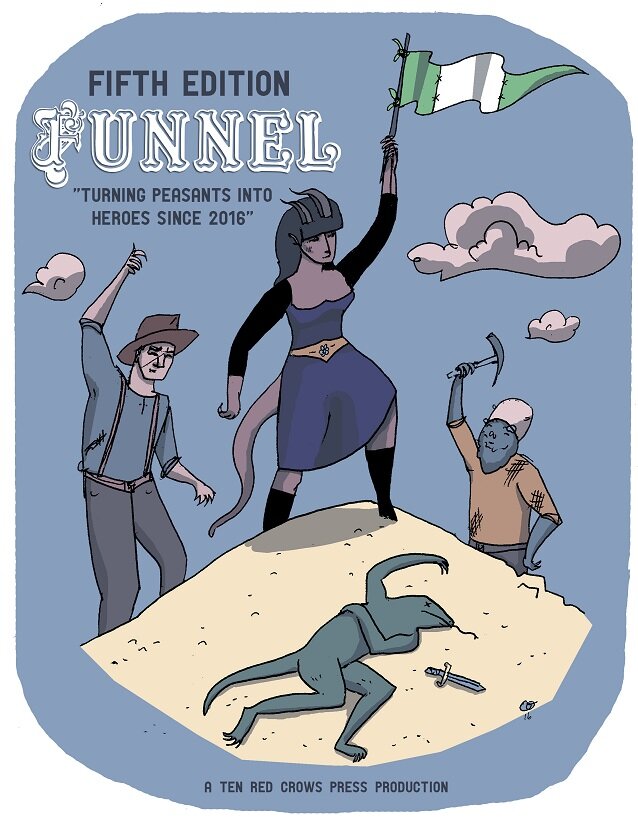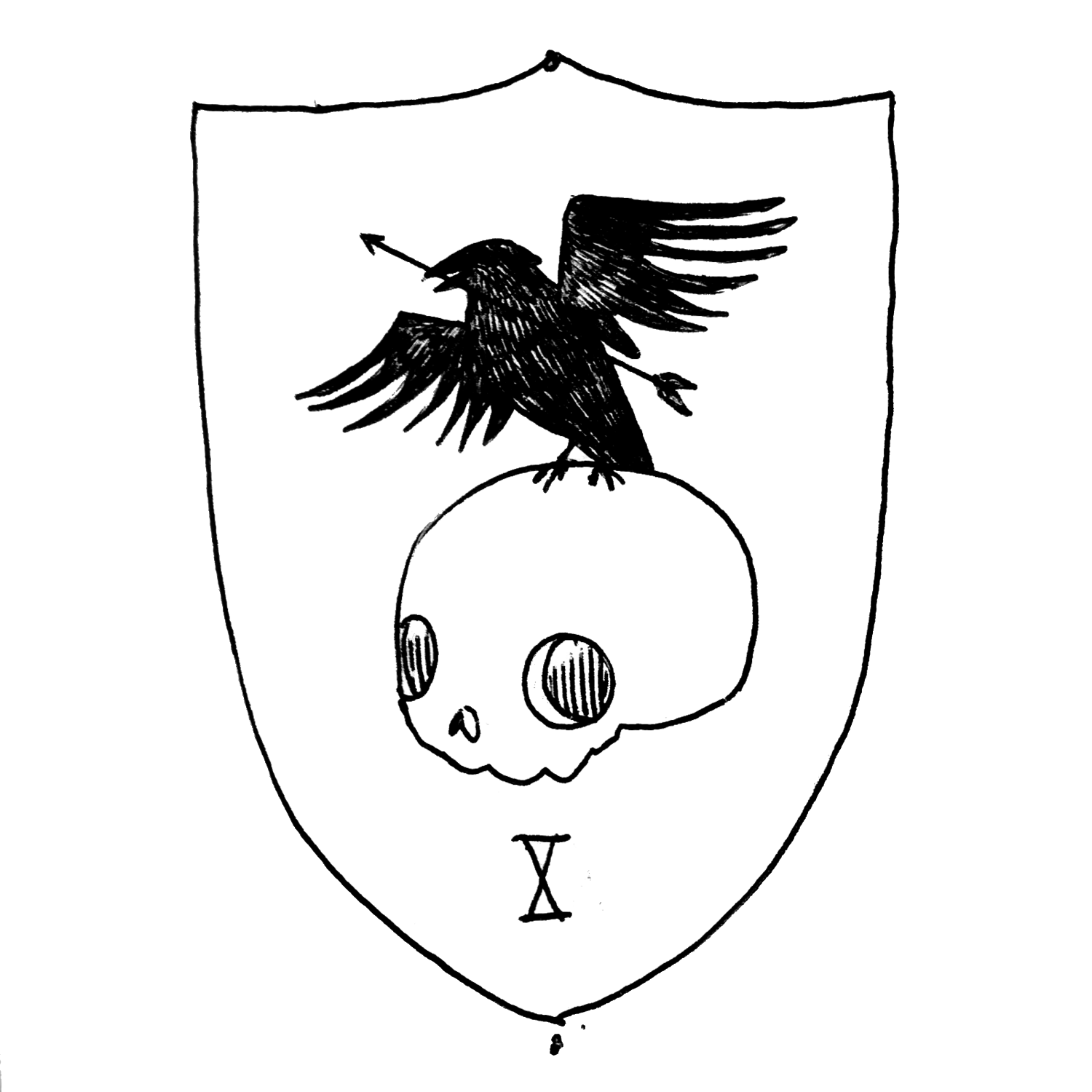Character Creation: Life Cycle Method
Winslow Homer. "On the Trail" 1892.
The sequence in the 5e player’s handbook for building new characters is as follows:
1. Race
2. Class
3. Roll ability scores
4. Background
5. Equipment
I think the sequence is designed to help newer players build characters where the attributes are aligned with their class (no dex based clerics need apply). The downside to this method is many of the details and other parts of characracter are missed. For example, I have seen multiple characters at my table without backgrounds. While I appreciate the help it gives new players, for me, it makes character creation mechanical. It breaks the process down into optimization (e.g. Should I choose wisdom my dump stat or something else?) as opposed to a story.
I want character creation that has an organic feeling and is more narrative based. So when I build a character, I prefer to use the following Life Cycle Method. By looking through all my various player handbooks, I found that this is a kin to 2nd Edition D&D.
Step 0: Acknowledge what you are doing
This will not create min-maxed characters, and often the results will be different than what you want. That’s the joy of a full life. Use this method to build a strong identity for your character. Because you can swap ability scores in the next step, you can an idea of what class you want to be, but don't be married to it. Also, check with your DM and party to ensure this method of character creation fits with your campaign.
Step 1: Roll Ability Scores - Straight down.
Roll 4d6, drop the lowest, and assign that score to Strength. Then do the same for Dexterity, Constitution, Intelligence, Wisdom, and finally Charisma. Optional: After rolling all of your stats, you can swap one ability score with one other. Take a moment to think about what these scores represent and how that would have impacted the life of your character.
Step 2: You were born a…
Choose or randomly assign your race. Take the time to figure out how your ability scores and ideas from the first step might have impacted this. Were you a very charismatic half orc? Or an abnormally strong halfling? What does that say about your character?
Step 3. Then you took a job as a...
Choose or randomly assign your background. What did your character do to eek out an existence before they became an adventurer? This is a chance to roll on that big table of fantasy professions you have. Use Custom Backgrounds rule (PHB 125) to select skills and proficiencies close to your profession.
Step 4. The moment.
Normal people don’t adventure. They are happy being farmers, clerks, accountants, or whatever. Your character is different (whether they want to be or not). There is a moment in every character’s life where they can no longer enjoy the quiet safety of their home and must seek adventure. What did that look like for your character? Your character may not understand it now, but their old life is over.
How do you pick up the threads of an old life? How do you go on, when in your heart you begin to understand... there is no going back? There are some things that time cannot mend. Some hurts that go too deep, that have taken hold.
- Frodo, Return of the King (film)
Step 5. So you became a…
Choose your character’s class. Look at your ability scores and the story you are weaving. What fits and why?
Step 6. Everything else.
Get equipment. Set height and weight. Choose a name. Calculate everything and write it down on your character sheet. Bonds and flaws should flow naturally from the story you created up to this point.
Example:
Step 1: I roll my stats and swap my character’s intelligence and charisma so she is strong, charismatic, and not as wise as she should be. Maybe she gets in a lot of fights in town, but is smooth enough to talk her way out of it.
Step 2: I chose Tiefling. I can already see where this is going. My character looked different and had to deal with dopey townsfolk. She's strong, so probably with her fists.
Step 3: She was an Innkeeper. She entertained passers by with a story or two and was pretty good with a flute. She was also strong enough to move all of the kegs herself. Her skills are Performance and Athletics, along with a a tool proficiency with her flute and she can speak elvish (or whatever language had the richest customers).
Step 4: Until one day she is in another bout with some dopey hayseed and accidently kills the person. She can't talk her way of this with the law (or mob). Her inn is destroyed and she barely escapes with her life (and flute!).
Step 5. Kicked out of her home and wracked with guilt, our soon to be hero decides she needs to redeem herself for the murder and devotes herself to defending the weak. She’ll make a good Paladin for now. Maybe an order takes her in, or maybe a god or fey takes pity and grants her powers to aid in her redemption. Regardless, she is now a point of light in a dark and uncaring world.
Step 6. Her name is Yatari. She has a flaw of anger issues, but is caring to those who suffer. Insight makes a good skill for her, as does intimidation. She is very much a social creature. For now she'll use a glaive; She's been in enough fights to know that reach is very important.
That's my method of creating characters? What deviations do you take when you build yours?






